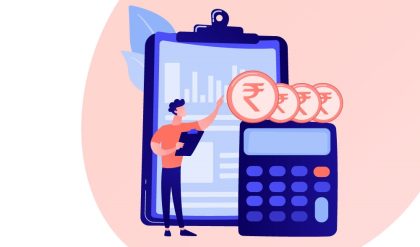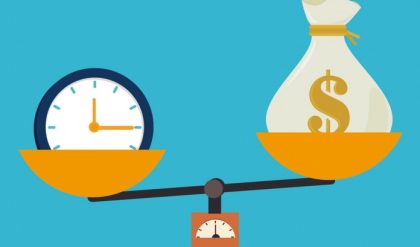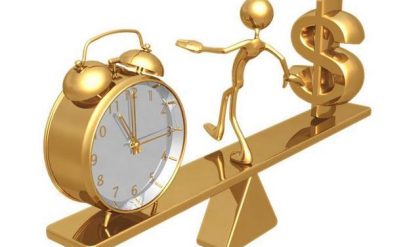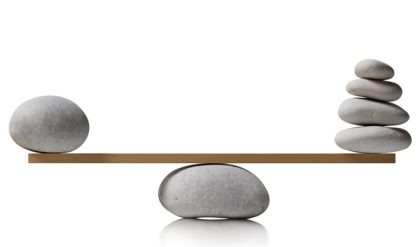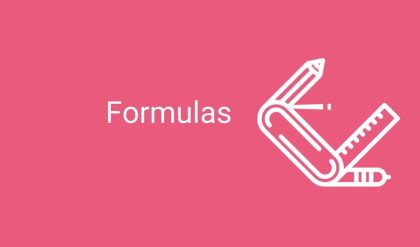The counterpart to aggregate demand is aggregate supply – the total amount of goods and services that are produced in an economy at a given price level. There are a variety of combinations of goods and services that can be produced in an economy and the production possibilities curve illustrates the maximum output that can be achieved in an economy (assuming full employment and full resource utilization). Full production is predicated on using resources in a maximally efficient way. (Gain a deeper understanding of supply and demand. For more, see Economics Basics: Demand and Supply.)
Firms maximize their profits by producing up to the point where the marginal revenue of the next good sold is equal to the marginal cost of producing it. Likewise, a similar philosophy is at work when firms consider whether to make new investments. For a business to make an investment, the expected real rate of return must be equal to or higher than the real cost of investment. Consequently, higher rates generally depress investment activity.
There are numerous factors that can influence supply:
Increase/decrease in resources – When the availability of materials is a limiting factor in production, an increase in resources allows for a greater supply of goods or services.
Improvements in technology/productivity – Better technology and/or productivity allow producers to create more goods at a lower price.
Changes in efficiency of resource use – Better efficiency means that suppliers can produce more goods or services from the same resource base.
Decrease/increase in resource prices – As the cost of resource inputs declines, suppliers can offer more goods/services at the same price.
Reduction/increase in inflation – Inflation increases the cost of production; lower inflation allows for a greater supply of goods at the same price.
Favorable/unfavorable supply shocks – Favorable supply shocks increase the profitability of production for suppliers, while a negative supply shock (an embargo, for instance) can significantly curtail a company’s access to supplies and ability to produce goods.
When supply and demand are equal (when the two curves intersect), the market is said to be in equilibrium. At all times, both consumers and producers look to maximize their utility. Consumers maximize their utility by consuming goods with a positive marginal utility; suppliers maximize their utility by producing goods and services where the marginal revenue is greater than the marginal cost. (For more, see Marginal Benefit and Marginal Cost.)

